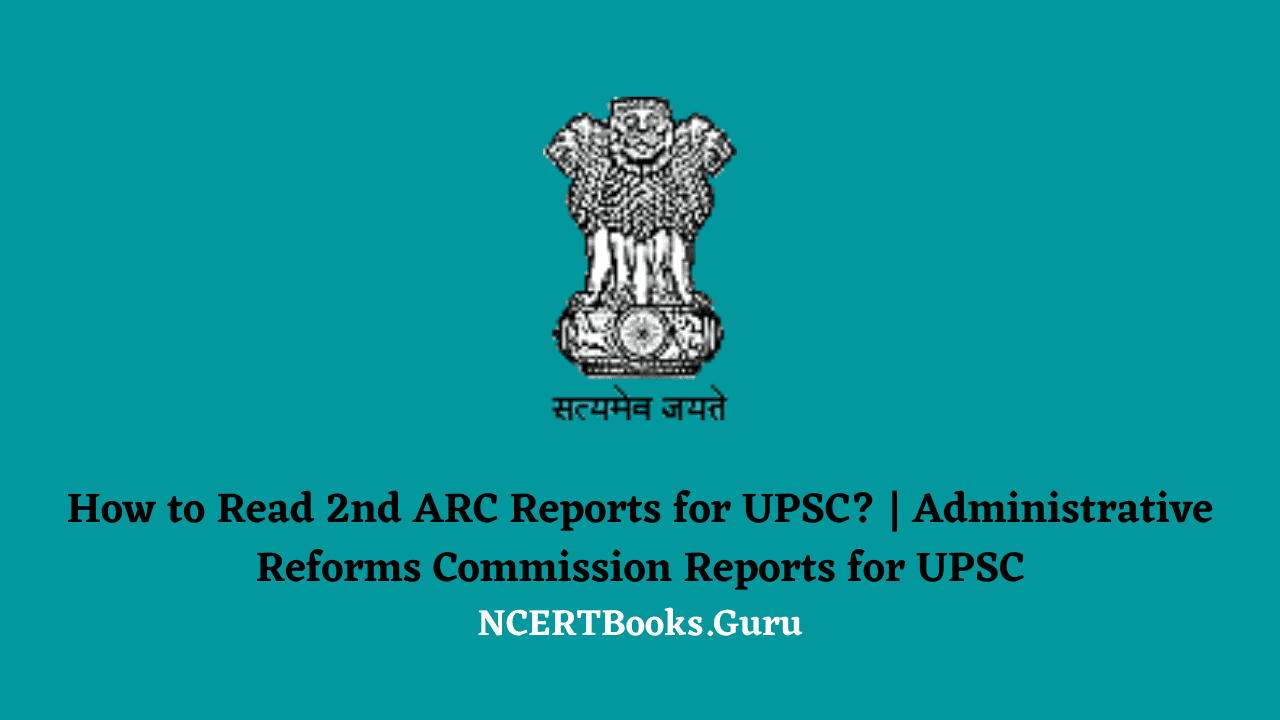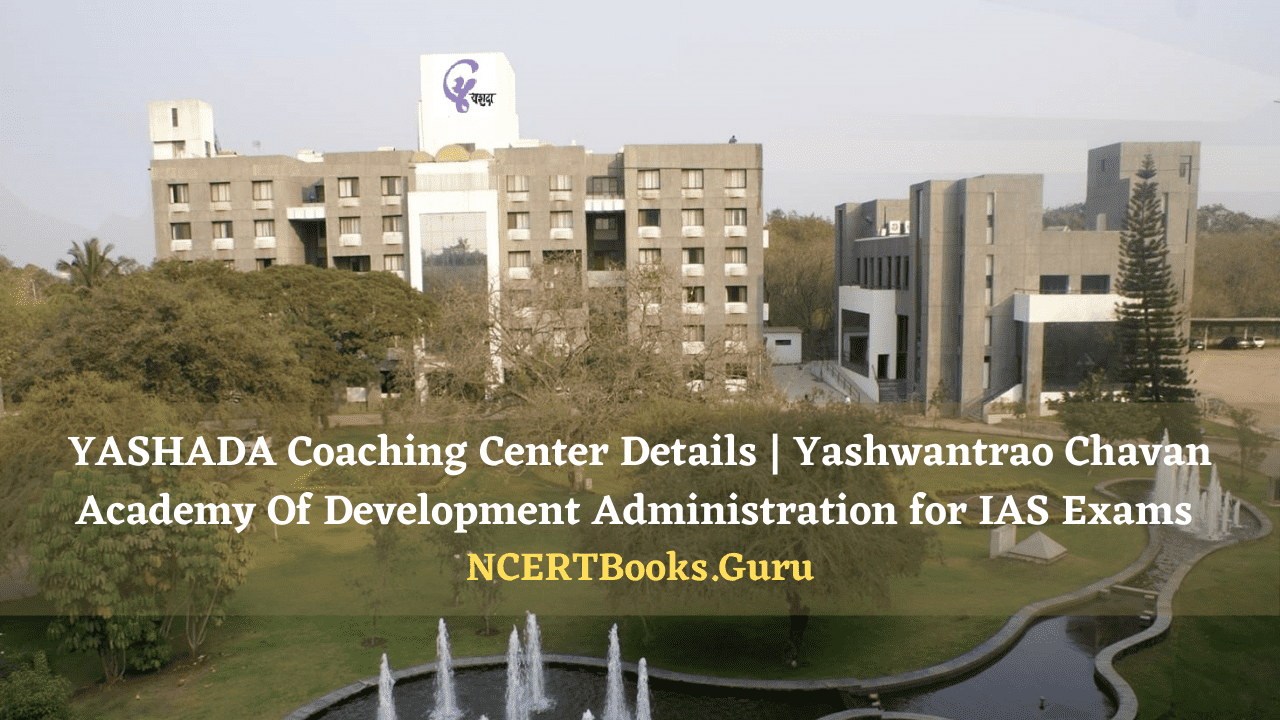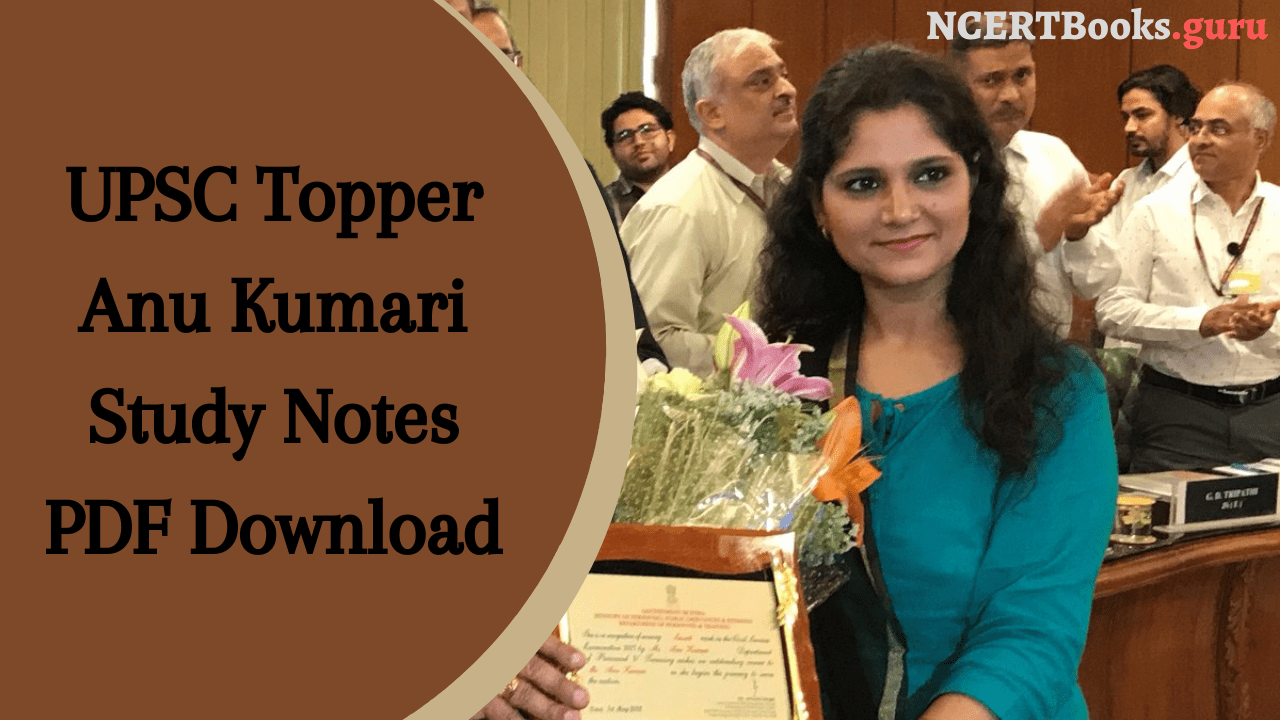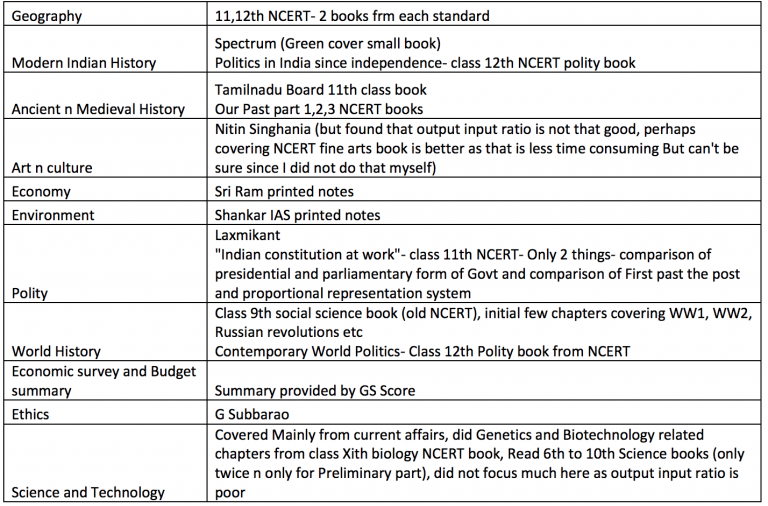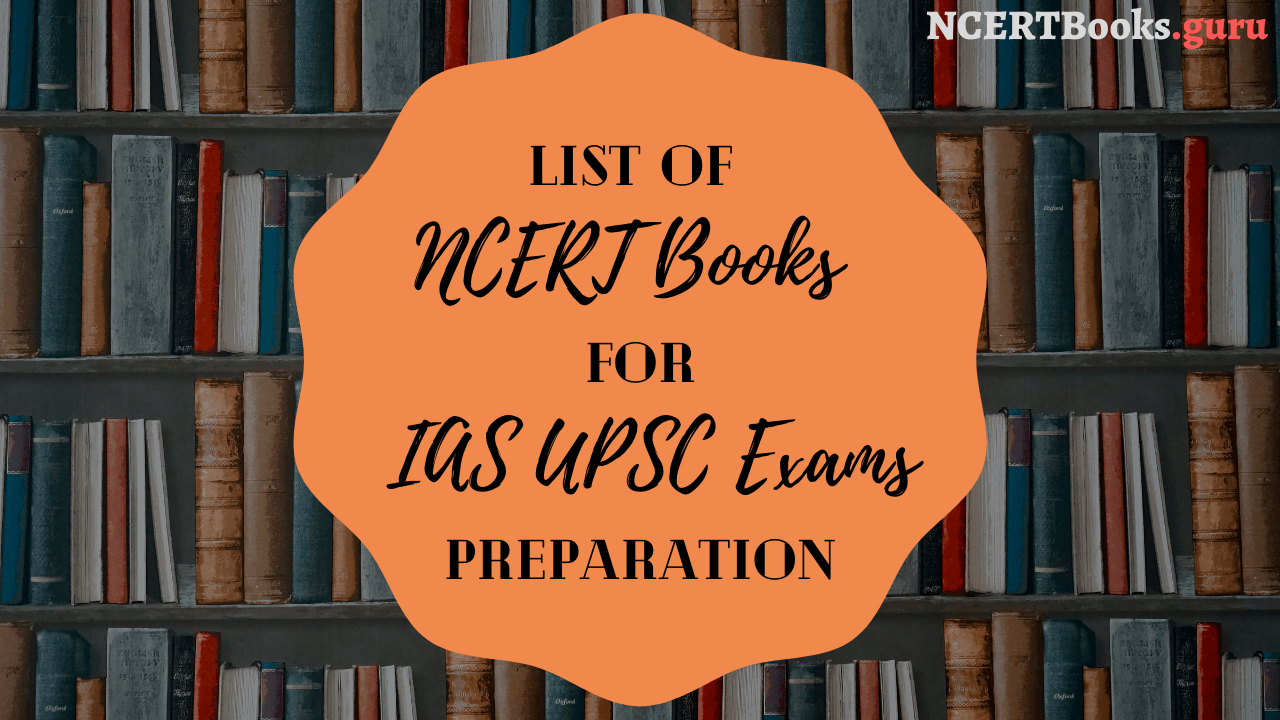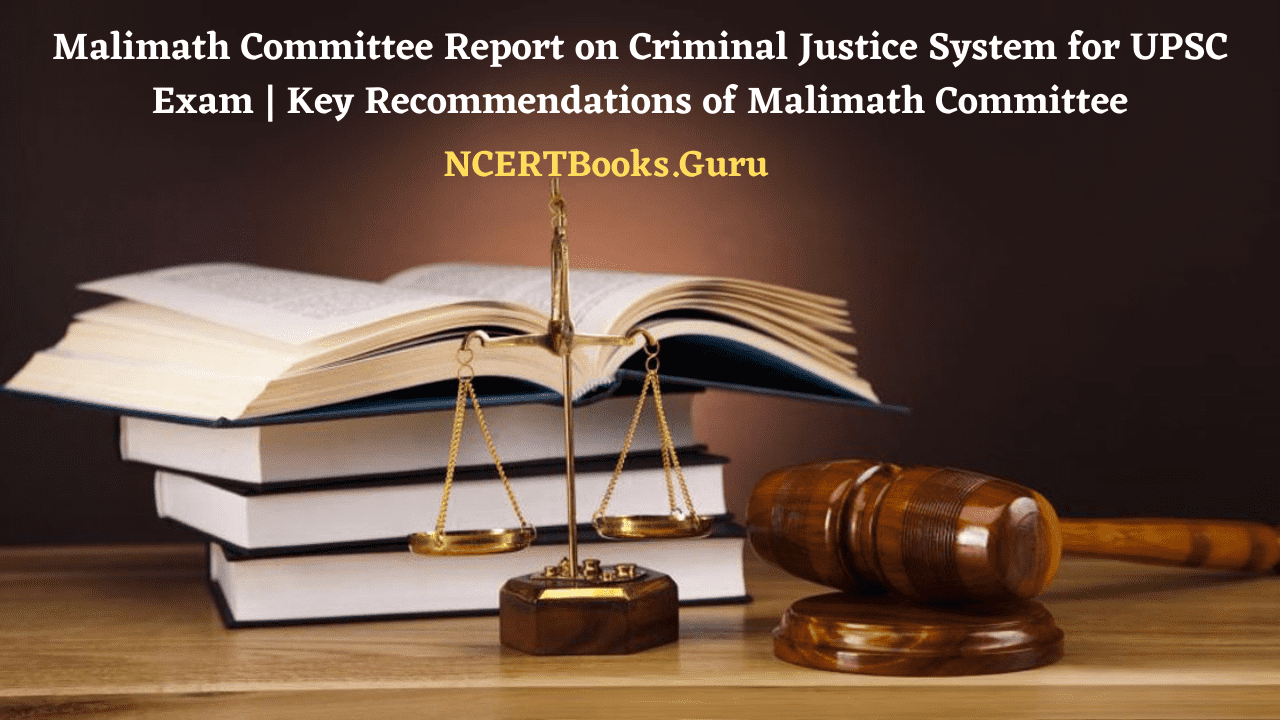It shouldn’t come as a surprise that the Indian National Movement against British rule had its own ups and downs and various shades of grey that we are going to discuss in this particular article on notes on the moderate phase of the Indian National Movement. The Indian National Movement, which roughly began in the middle of the 18th century and ended at the mid of the 19th century, had different phases, different leaders from different backgrounds with one cause and one focus which was to weed out the British from India and attain independence.
While the ultimate goal of all the leaders and their followers were the same, the methods used to attain the goal was slightly and in certain cases, largely different, which in itself justifies the diverse nature of the moment and in turn, the diversity that India has.
In this particular article on the notes on the moderate phase of the Indian National Movement, we are going to give you a fundamental idea of who the moderates were, what were their contribution to the Indian National Movement and what makes them “moderates”?
The information given in the notes on the moderate phase of the Indian National Movement can be used by students preparing for Union Public Service Civil services exam or any other competitive exams such as banking exam, probationary officer exam, SSC exam and state civil services exam. The notes given in this article has been tailored well so that it can be used both by first-timers as well as people who have given the exam for more than two to three times.
We suggest that students don’t just read this particular article on the notes on the modern phase of the Indian National Movement but do their own critical thinking and analysis and form opinions on what actually went through during the different phases of the Movement. In fact, the whole point of this article is to make students think critically and logically and come to their own conclusion instead of just following what an author says and that is the reason why in this particular article we haven’t given any conclusion or inference of the moderate phase of the Indian National Movement but we have left it to our readers to form their own opinions and nuances about the same.
Notes on the moderate phase of the Indian National Movement in English for UPSC civil services examination.
What is the Indian National movement?
The Indian National movement mainly refers to the freedom struggle to attain independence from the British Raj in India. The Indian National movement in modern Indian history has been seen in textbooks and notes in different narratives. It basically narrates the story of 200 years of atrocities committed by the British in Indian. It narrates beautiful stories of courage and valour of various Indian from different walks of life who fought the mighty British regime.
Some of the most important people in the Indian National movement are Mahatma Gandhi, Jawaharlal Nehru, Bhagat Singh, Motilal Nehru, Rani Lakshmi Bai, Raja Ram Mohan Roy, Subash Chandra Bose, BR Ambedkar, to name a few.
Each of the people in the Indian National movement has contributed in their own unique way to the movement and strengthened it gradually. Radicals, moderates and liberals were all part of the Indian National Movement. Everyone in the country, in spite of their ideological and political differences, came together with one single agenda, to weed out the British from India. The radicals, like Bhagat Singh or Sukhdev, with their fundamental and extremists ideology, sought violence and aggression as a way to fight the British atrocities. The liberals, mainly consisting of the intellectual lot, sought a more soothing and diplomatic way to fight the British. The moderate ideology falls somewhere between the radicals and the liberals, the details of which are given further in this article on notes on the moderate phase of the Indian National Movement.
Who are the moderates?
The word moderate itself means average and staying in the middle ground. This is exactly who the moderates were. People occupying the ideological middle ground.
In the context of the Indian National Movement for freedom against the British rule in India, moderates were considered as those people who are loyal to the British way of thinking and believed in the British justice system although many historians have difference of opinion on the definition of the moderates. However, given the nature of actions that moderates took against the British and how it impact and Indian National Movement, it can be said that moderates had a soft corner for the British leaders and their policies as compared to radicalists in the country.
Some of the most prominent moderate leaders in the Indian National Congress who participated in the Indian freedom struggle Dadabhai Naoroji, Chandra Banerjee, Gopal Krishna Gokhale, Subramanyam Aiyar etc.
What was the importance of moderates in the Indian freedom struggle?
The significance and the impact that the moderates had on the Indian freedom struggle was so magnifying and cascading that their methods and ideologies exist even in today’s India. In the name of attaining freedom, moderates bought in open-mindedness among the masses and educated the people in the country on various reforms and drew the thought process of the country in a critical and logical fashion.
Since moderates believed in diplomacy and nonviolence, they believed that one of the strongest tools is to educate the mass and gather their opinion and making people aware of their rights rather than creating propaganda and installing thoughts in the people’s minds. One of the most famous moderate leaders in the country, Mr Gopal Krishna Gokhale said that it is more important to ignite the thought process in people rather than feeding their heads with our own thoughts and opinions.
What was the demand of the moderates?
The following points briefly sum up a few among many demands of the moderates during the Indian National Movement.
- Moderate were very strong advocates of freedom of speech and expression and hence they always demanded the removal of restrictions on such fundamental rights in the country.
- Moderates wanted the arms act to be removed that were used to suppress power to curb the freedom of people.
- One thing that moderates and radicals agreed upon was the separation of the Judiciary from the executive and on this line both of their demands were met significantly by the British regime.
- No taxation without representation was actually a slogan by the moderates in the late 18th century which materialised in the early 19th century as a law.
- Moderate fought vociferously for educating the public and they demanded that the British increase the spending on educational institutes in the country.
- They demanded that the Indian Civil Services examination be conducted in line with that of England so that more and more Indian can get into the administration level in the Indian government.
- One of the most brutal acts of the British policies were the unfair operation and land revenue tax. With respect to this atrocity, moderate leaders demanded that the land revenue tax either be decreased or completely be abolished in the country once and for all. Their hard-fought battle bore fruit in the mid 19th century.
- The method that moderates used to fulfil the demand is popularly known as 3P, which means prayers, petition, and protest.
- Moderates struck a significant role in abolishing salt tax and heavy-duty on sugar exports and imports in the country.
- One thing that moderates failed in is to employ the masses to believe and follow their ideology since they mainly confined themselves to educated classes and hence many believe that moderate ideology did not hold water because of lack of mass participation in the country for their ideology.
How successful were the moderates in the struggle for freedom against British Regime in India?
Although moderate had a very brief period of success in the country against the British ideology and their line of thought, the same has been inculcated in the constitution of India and is the fabric of the nation even today.
Some of the successes of moderates are listed below for your easy reference
- Although the Indian council’s act of 1892 can be claimed as an achievement of the Indian National Congress, at that time it was the moderates who took a significant step in getting this particular bill passed in the Parliament and hence it can be counted as one of the biggest successes of the moderates. This act strengthened the representation of Indians in the Legislative Council as both additional and non-official members. This was the baby step in attaining full freedom from the British.
- Given the nature of people who were part of the Indian National Congress due to the moderate ideology, the political landscape of India changed forever. It was because of moderates that the educated class of the country, including but not limited to lawyers, activists, doctors and engineers took part aggressively in the great Indian freedom struggle.
- Before the moderate ideology came to the front, the political landscape of the country was highly divided into the lower class, middle class and intellectuals. It was because the moderates who lead people from a different academic background and ignited them to participate in the Indian freedom struggle with strength and the moment beyond one could imagine or beyond British could comprehend.
- The administrative and constitutional reforms that the moderate leaders bought in has had an impact on the policy-making of the country post the independence from the British Raj.
- The secular fabric of the nation that we see today, imbibed so well into our constitution, is because of the moderate ideology. Unlike extremists, the moderates were secular in nature and they strongly believed that India is a country of all religions coexisting peacefully.
- Moderate ideology was extremely important in the early and mid 19th century because the British tried to bring the Indian National Movement to a halt with their divide and rule policy where they tried to sow the seeds of discord and hatred amongst different religions, especially between Hindus and Muslims. At this point of time, moderates came as an antidote for the poison of hatred built by the British and it helped unite the country beyond ideological differences.
- Although the moderate leaders believe that the British rule in India should go away in order for India to become independent, they had great faith in the justice and education reforms brought by the British in the country. It goes without saying that the Western education introduced by the British along with the constitutional ramifications, has made India what it is today, in spite of both having their ups and downs.
- Moderate leaders and followers were highly inspired by certain thinkers and philosophers from the western world like Spencer, Bentham, and Burke.
Difference between extremists and moderates
Extremists
|
Moderates
|
| They strongly believed that the British leaders knew the kind of atrocities they were committing against the people of India and continued to do so in spite of that awareness |
They believed that the British leaders were not aware of the plight of an ordinary Indian on the ground and that is the reason there is so much contempt between the administration and the people |
| They believed that nothing good came out of the British rule in India except for plundering of our wealth and rampant poverty among the masses. |
Although the moderate leaders agree that British rule in India did more harm to the country than good, they believed that in certain aspects, British rule was a blessing in disguise for the country, such as abolishing blind beliefs such as the Sati system, the introduction of the Indian railways, introduction of western education, democracy etc. |
| Their method of fight against the British regime included acts of violence, loot, robbery, murder and other extremist activities in the name of freedom struggle |
Their method of fighting the British was by using constitutional means. In no way did the moderate leaders propagate violence against the British. |
| Some of the few popular extremist readers in the Indian Freedom Struggle were Bal Gangadhar Tilak, Lala Lajpat Rai. Bal Gangadar Tilak was known as the father of extremism in India |
A.O. Hume, Dadabhai Naoroji, Gopal Krishna Gokhale were some of the prominent moderate leaders in the country |
| Extremist ideology has gradually faded out in the country after India attained independence from British rule in 1947 |
Moderate ideology is still prevalent and strong in the country even after India attained its independence. |
